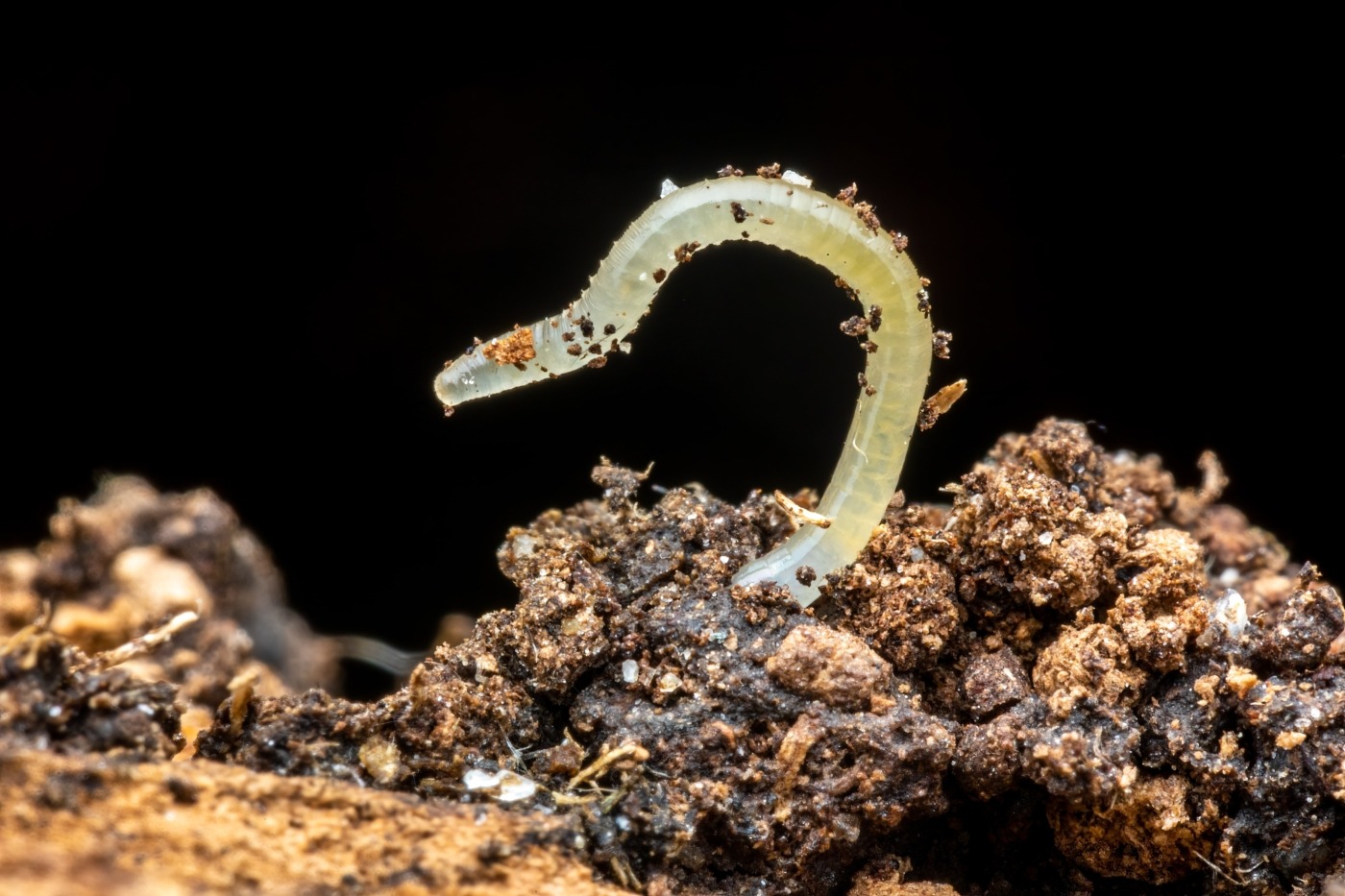The worms that can sniff out cancer
There are multiple ways in which cancer can be detected, however, sniffing cancer cells out is not one that immediately comes to mind. New research suggests that the nematode C. elegans may be able to detect cancer cells by simply smelling them.
The research which was presented at the American Chemical Society meeting shows promise in a small-chip device which contains the nematode. In preliminary testing, the device was about 70% accurate at detecting the presence of cancer cells. Early detection is paramount to survival and therefore, this research is really promising and has the potential to change millions of lives.
C. elegans have been used in research which aims to understand human ageing, disease, and metabolism
Firstly, let’s quickly explore the organism that has been used in this research. C. elegans is a free living transparent roundworm (also commonly called a nematode). It is about 1mm in length and typically lives in soils. They typically like to eat bacteria.
C. elegans has been used as a model organism (a non-human organism which is studied to better understand other organisms such as humans) in research since the 1960s. This is due to a number of factors which make them ideal to study in the lab. These include: they are small, easy to grow, transparent (helps with seeing organs), and have a short lifespan. You may be thinking, how is this relevant to humans and detecting cancer? Shockingly, ~83% of C. elegans genes have a human gene homolog. This means that the genes are strikingly similar and are derived from a common ancestor. Due to this, C. elegans have been used in research which aims to understand human ageing, disease, and metabolism. Funnily enough, I happen to be conducting my research project on this worm, and hence I get to see these magnificent animals every day!
Cancer cells have a biochemically different structure to non-cancerous cells. Although we humans would not be able to tell the difference, C. elegans have a great sense of smell. In the tests, the worms were placed in a chamber which contained two wells: one leading to cancerous cells and one leading to non-cancerous cells. After letting the worms roam for an hour, it was found that more worms moved to the cancerous cells than the non-cancerous. The researchers think that this is due to a compound called 2-ethyl-1-hexanol found in cancer cells which may smell similar to the nematodes’ favourite foods.
This technique is very promising. Requiring only a urine or saliva sample, it is non-invasive, painless, and quick
Smelling cancer cells is not a new phenomenon. Researchers have been attempting to train dogs to sniff out cancer cells for a number of years. However, there is still a long way to go before this is reliable enough to be widely used.
This technique is very promising. Requiring only a urine or saliva sample, it is non-invasive, painless, and quick. However, so far this has only worked on lung cancer cells. This is probably due to the specific scent of lung cancer cells, but this is not yet fully understood.
With only ~70% accuracy, this is not a reliable diagnostic tool just yet. With further improvements, this has the potential to be a cheap and easy diagnostic tool. The researchers are looking to develop this further by training the worms to recognise the scent with high accuracy. This might sound ridiculous, but C. elegans are surprisingly clever organisms. Not only has this research shown us how magnificent C. elegans are, but it has also shown us the value of using model organisms in research.


Comments